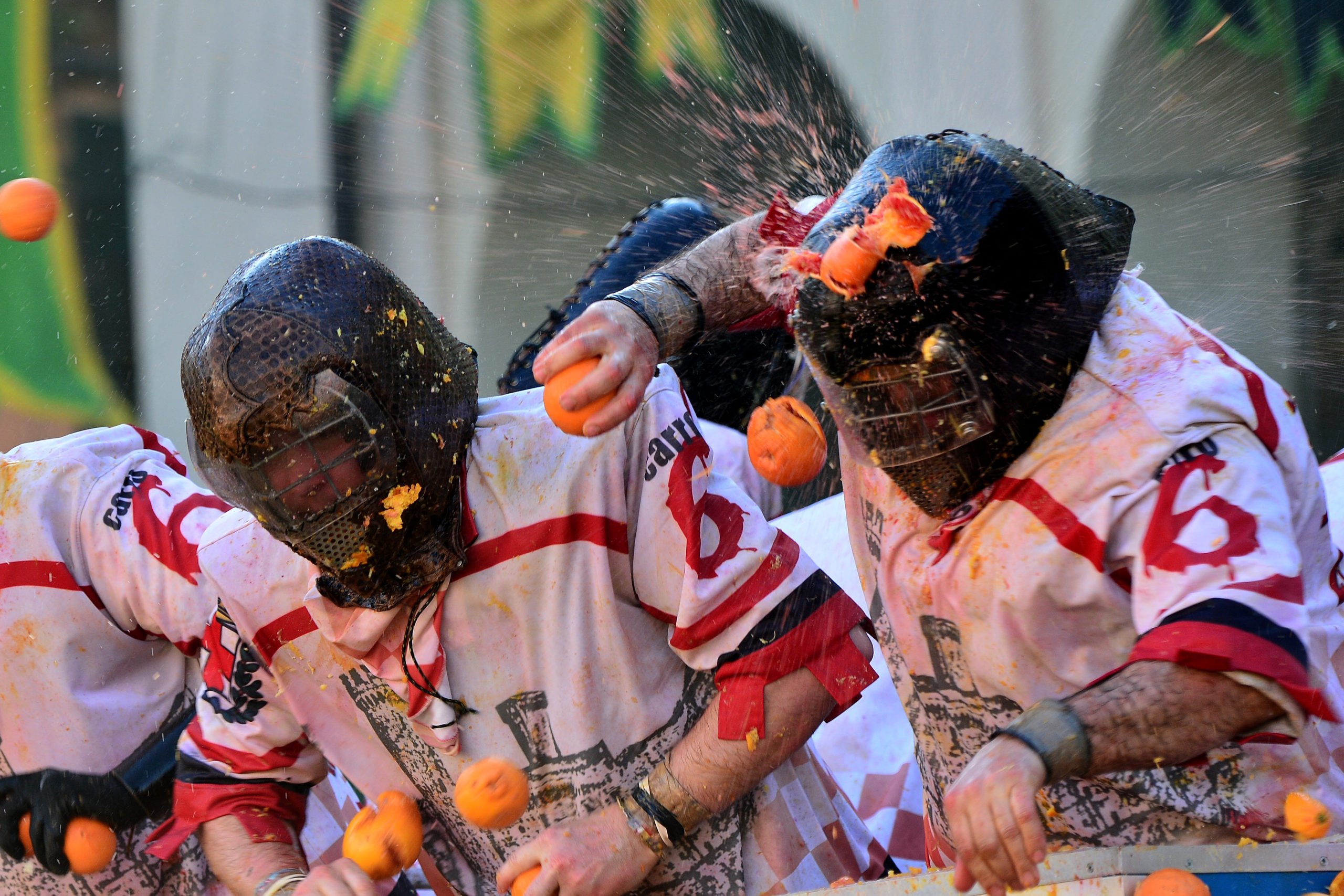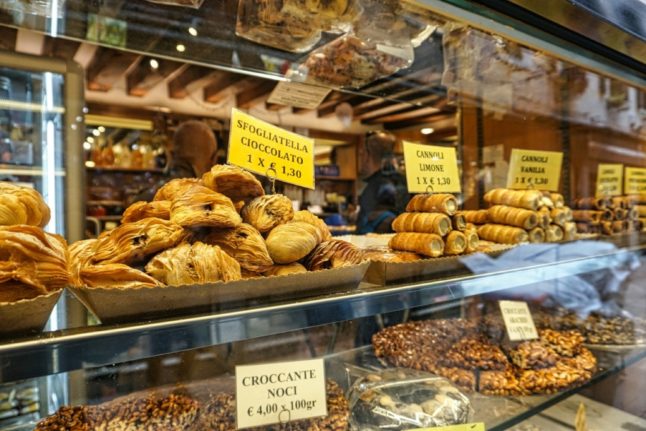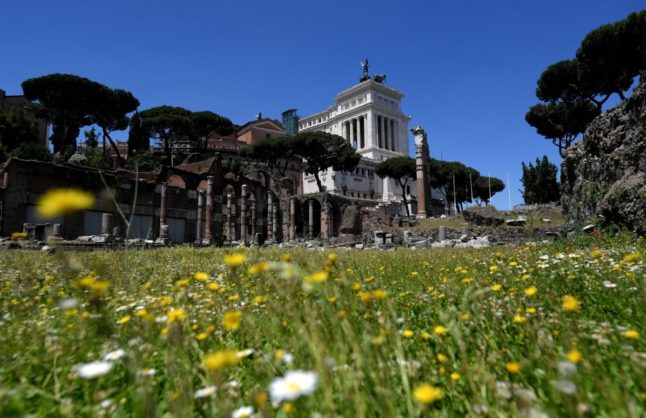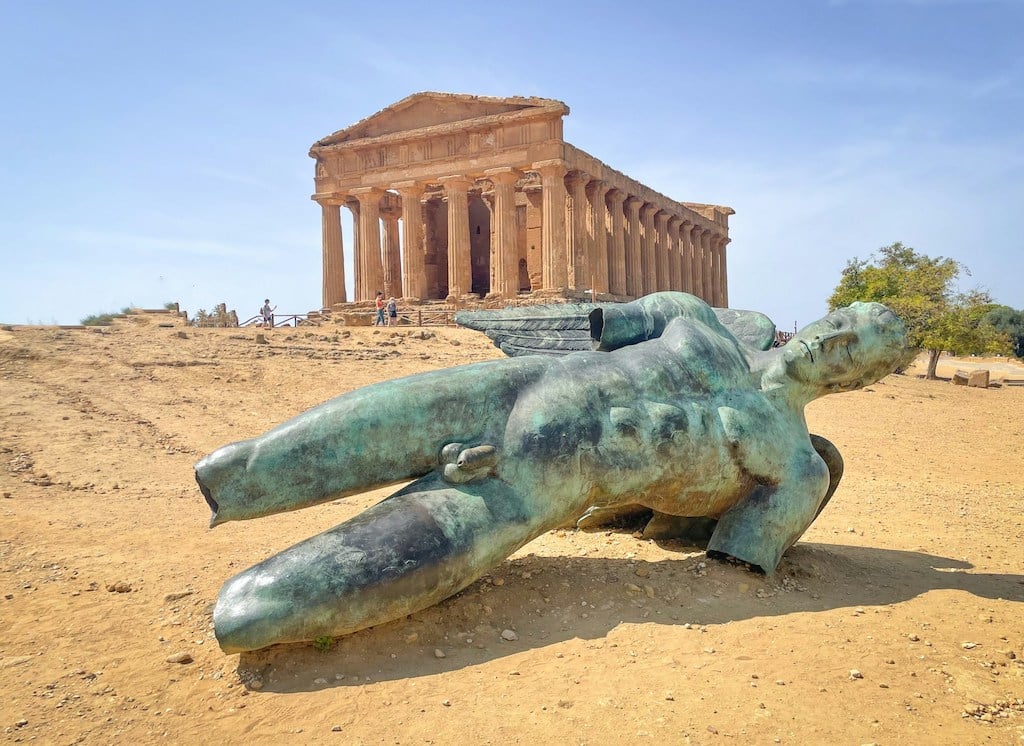We all know food and drink is a very serious business to Italians, so perhaps it wasn’t surprising when the national consortium of Prosecco producers recently issued a stern warning to drinkers in the UK about avoiding “counterfeit” versions of the drink sold in some British pubs.
They pointed out that the drink has protected DOC status and can only be called ‘Prosecco’ if it’s made in a certain part of Italy, using traditional methods (which, the group said, would definitely not be the case for anything in a barrel that was sold on tap.)
In Italy, the famously widespread interest and fierce pride in local production methods has resulted in an array of food and drinks labels and acronyms which help distinguish products, but they can be pretty confusing to the average non-Italian shopper.
In case you’re wondering how they work, we’ve put together an explanation of what exactly DOC status is, how it differs from the DOP, IGT or DOCG labels, and whether these really are always a marker of superior quality.
Italian food and wine: What does the DOC or DOP label mean – and are these products better?
As we wrote in last week’s newsletter, Italy’s carnival celebrations are certainly not limited to Venice and there are many and varied events held up and down the country at this time of year.
One of the most famous is in a small and usually sleepy town in Piedmont. You may have heard that every year Ivrea stages a three-day orange fight – one of Italy’s wackiest carnival events, which results in a surprising number of injuries (and a huge amount of mess).
How did this tradition begin? Why do so many people travel from far and wide to throw oranges at each other? And what about the issue of food waste? We looked at what it’s all about in the article below:
Why does the Italian town of Ivrea hold a ‘battle of the oranges’?

For many people, the best thing about carnival season in Italy is the food. And if you like sugary, fried, pastry-based sweets, you’re in luck, as every region of the country seems to specialise in producing a different variety.
The best known are probably chiacchiere, thin strips of crisp, deep-fried dough sprinkled with icing sugar and sometimes flavoured with orange or lemon zest. These are found across much of the country, though often known by different names, and recipes vary slightly from region to region.
But have you tried cicerchiata or castagnole? What about pignolata glassata? Here’s a look at some of Italy’s other favourite carnival pastries and where to find them.
Chiacchiere, castagnole, graffe: Six of Italy’s most popular carnival sweets
Remember if you’d like to have this weekly newsletter sent straight to your inbox you can sign up for it via Newsletter preferences in “My Account”.
Is there an aspect of the Italian way of life you’d like to see us write more about? Please email me at [email protected].




 Please whitelist us to continue reading.
Please whitelist us to continue reading.
Member comments